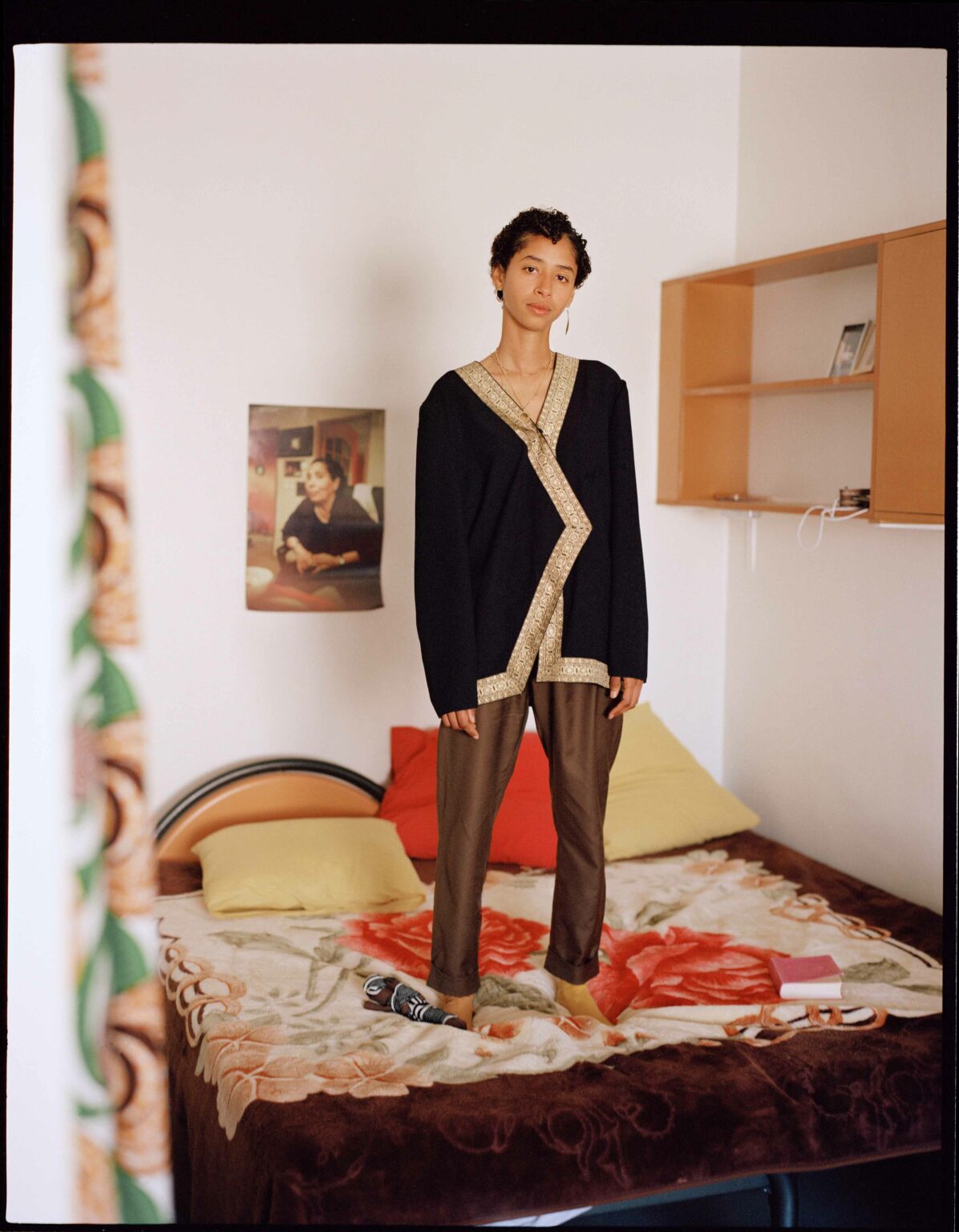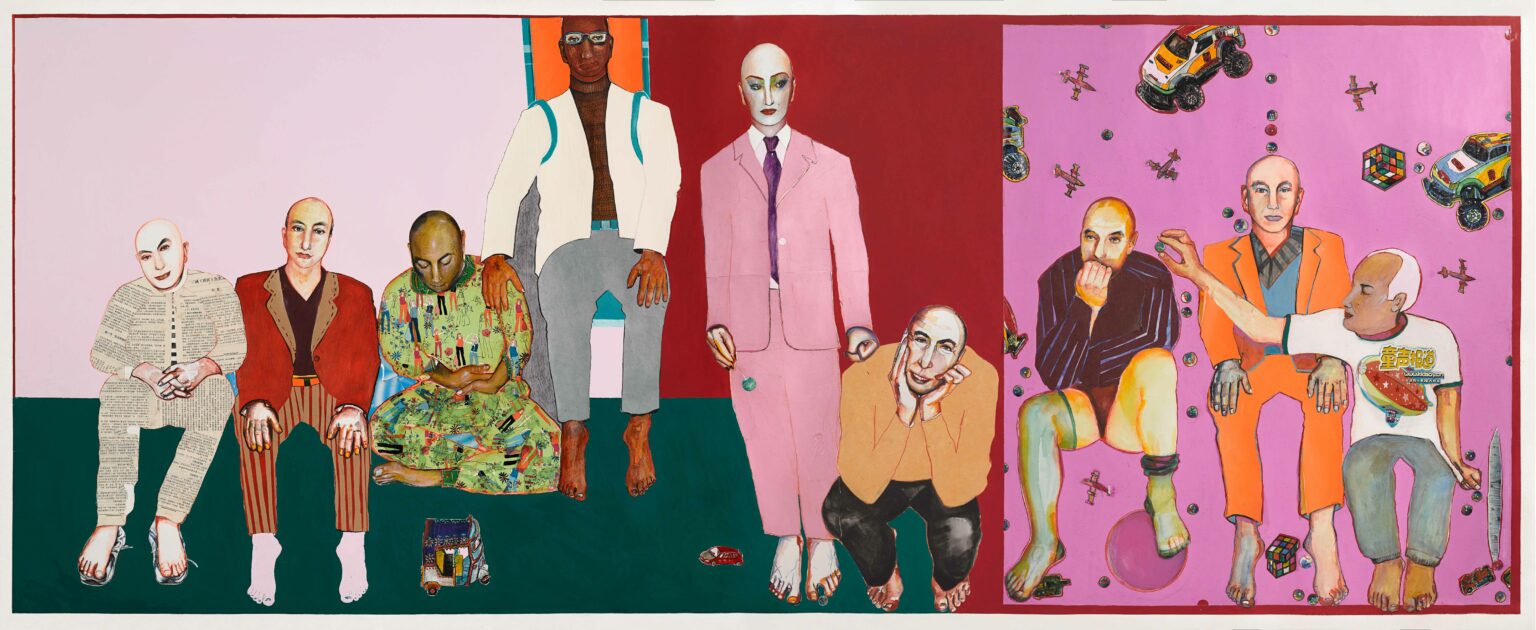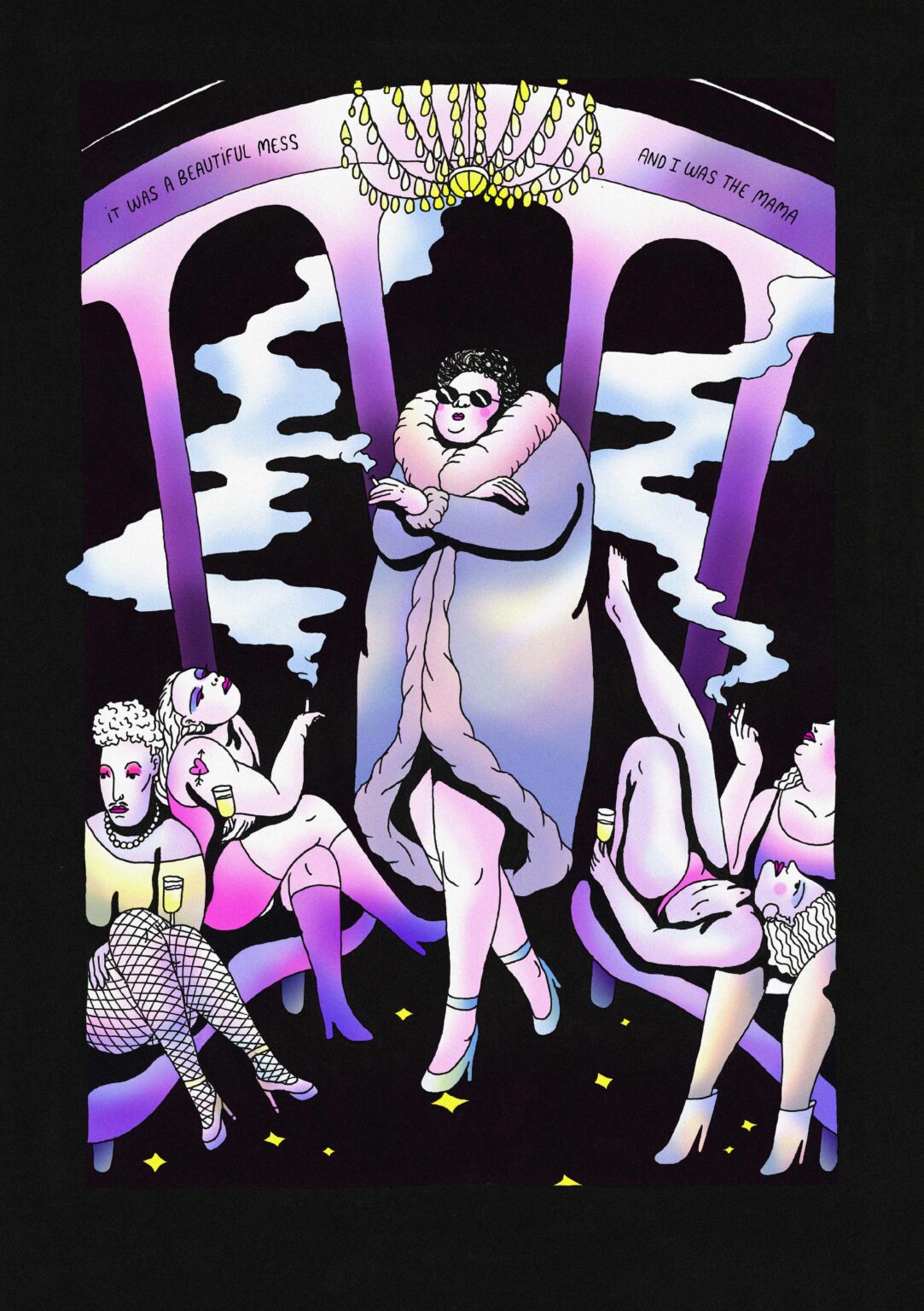Habibi
Habibi, les révolutions de l’amour
The exhibition “Habibi, les révolutions de l’amour” at the l’Insitut du Monde Arabe in Paris explores the multiple contemporary perceptions of LGBTQIA+ identities in Arab culture. From photography to painting, video, performance, literature and animation, the artworks on display address the multiple issues surrounding sexual and gender identities. Beyond individual struggles and experiences, it is a collection of personal narratives. Elodie Bouffard, Head of Exhibitions at the l’Insitut du Monde Arabe, sheds light on this unique ensemble which depicts the major upheavals in these societies over the past few years.

The exhibition questions the representation of gender and sexuality in Arab culture. What major cultural shifts have you observed?
In the Arab world, as everywhere else in the world, artists bear witness to commitments and struggles to freely express love, gender identities and sexuality. Over the past decade, as a result of political and social movements across the Arab world, activist and artistic voices related to LGBTQIA+ identities have become increasingly audible. Activists stand up against laws that criminalise homosexual acts, question conservatism, and promote societal alternatives. Artists, LGBTQ+ or allies – whether in their country of birth or in diaspora – participate in this movement by providing emancipatory aesthetics and narrative models. These contemporary viewpoints allow us to understand the political, social, intimate and aesthetic questions raised in the exhibition.
You also discuss the relationship to the body through gender and sexuality. Would you say that there is a singular Arab perception of the body?
The representation of the body in Arab art is a vast and exciting subject that goes beyond the scope of our exhibition. The representations of the body in Arab visual arts are very poorly known on the European scene and involve a discourse on almost a century of artistic practices. More particularly in the Habibi exhibition, the featured artists question, among other things, representations linked to desire and intimacy; the notion of virility as much as that of femininity; and the deconstruction of ingrained stereotypes.

Are there any specifically Arab LGBTQIA+ identities? What makes them different?
This is not a simple question to answer, as sexual and gender identities, as well as cultural and religious identities, are defined by an intimate and personal conception of who we are and how we present ourselves to others. In an attempt to answer this question, the Arab world is also affected by the debates that are taking place in contemporary societies and that are questioning the norm. The terminologies of the international LGBTQ+ community are taken up in an activist framework but also in Arab cultural production: films, literature, podcasts, etc. However, this pattern is also being questioned. Research and presentations on the notion of homosociality in post-colonial studies; interest in classical Arabic culture in all its literary forms; and homoerotic poetry define an Arabic frame of reference with its own specificities. The Arabic language itself is enriched by neologisms or the appropriation of pejorative language to build its own regional and cultural linguistic structures. This dimension is naturally included in the exhibition.
Which work, in your opinion, best illustrates this diversion of norms?
The exhibition features 23 artists and more than 80 artworks, so it is very difficult for me to highlight one, as the range of proposals is so rich, the experiences so unique, and the works so meaningful. Today, queer themes in the work of artists from the Arab-Muslim world and its diasporas propose aesthetics and narrative models that play with the idea of the norm, questioning socio-political systems and proposing new frameworks of identification and reflection for the future. These issues do not only affect the homosexual or transgender communities. By questioning the notion of norms, they address societies as a whole. The exhibition intends to present the different territories explored by this creation. Through these queer narratives, it offers a selection of multifaceted artistic experiences in which intimacy, domesticity, the relationship to the body, the question of security, commitment and struggle are widely represented. In this respect, each artist offers a singular and personal reading of the content and form of this complex and fascinating notion of social norm.
Habibi, les révolutions de l’amour continues at the l’Insitut du Monde Arabe in Paris until February 19th, 2023.

This interview has been lightly edited for clarity.



